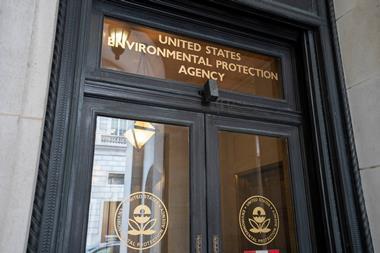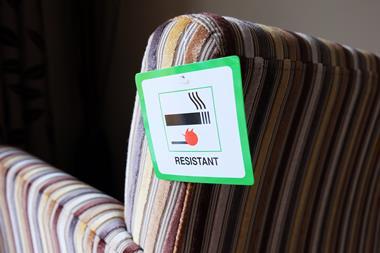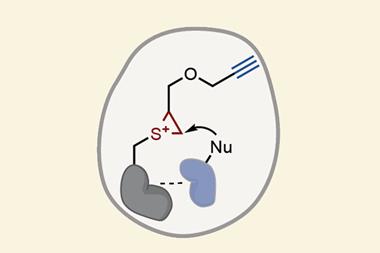The US Environmental Protection Agency (EPA) has concluded that the widely used industrial chemical formaldehyde presents an ‘unreasonable risk of injury to human health’.
In its final risk evaluation on the compound, the EPA warns of non-cancer effects in workers and consumers from acute skin and inhalation exposures, and cancer effects in workers from long-term inhalation exposure.
Formaldehyde is a colourless, flammable gas that is found nearly everywhere. It is released into the air when fuels are burned as well as by many natural processes. Millions of tonnes of the compound are also produced and used by the chemicals industry each year for the manufacture of various materials including plastics, pesticides, coatings and adhesives.
In March 2024, the EPA released a draft of its risk evaluation for public comment and scientific peer review. In May 2024, it held a virtual peer review public meeting of the Science Advisory Committee on Chemicals to discuss any necessary changes.
The EPA said its final conclusions regarding the risk of formaldehyde on human health were based on ‘the weight of scientific evidence’. The agency stated that, consistent with the requirements of Toxic Substances Control Act (TSCA), it will now propose regulatory actions to reduce the risk posed by formaldehyde’s use.
Industry pushback
Commenting on the outcome of the final risk evaluation the American Chemistry Council (ACC), a trade body that represents chemical companies, acknowledged that the EPA had made several important adjustments in the final risk evaluation. However the ACC added that it remained concerned about the scientific quality of the assessment, as well as the EPA’s engagement with public and interagency comments.
‘Any assessment of formaldehyde must begin with the best available science,’ the ACC said in a statement. ‘Formaldehyde is a natural part of our world and, through decades of responsible innovation and regulation, is essential to critical applications for housing, agriculture, transportation, healthcare, and national security.’
‘Effective implementation of the TSCA program has been plagued with challenges, and the final risk evaluation does not meet EPA’s requirement to use the best available science,’ it added. ‘If EPA continues on its current path during the two-year risk management phase, formaldehyde manufacturing and many of its downstream uses could be severely restricted or potentially banned in the United States.’
Formaldehyde’s toxicity has been the subject of debate for several years. In 2022, a draft assessment published by the EPA linked long-term exposure to the chemical with health problems like nasal cancers and myeloid leukaemia and in August 2023, a report from the US National Academies added weight to the agency’s findings. In response, the ACC launched legal action against both organisations over their formaldehyde assessments, accusing them of failing to comply with specific transparency, balance, and independence requirements in the peer review process. However, that case was dismissed by the District of Colombia district court in March 2024 on the grounds that the court did not have jurisdiction to consider the ACC’s claims.

















No comments yet